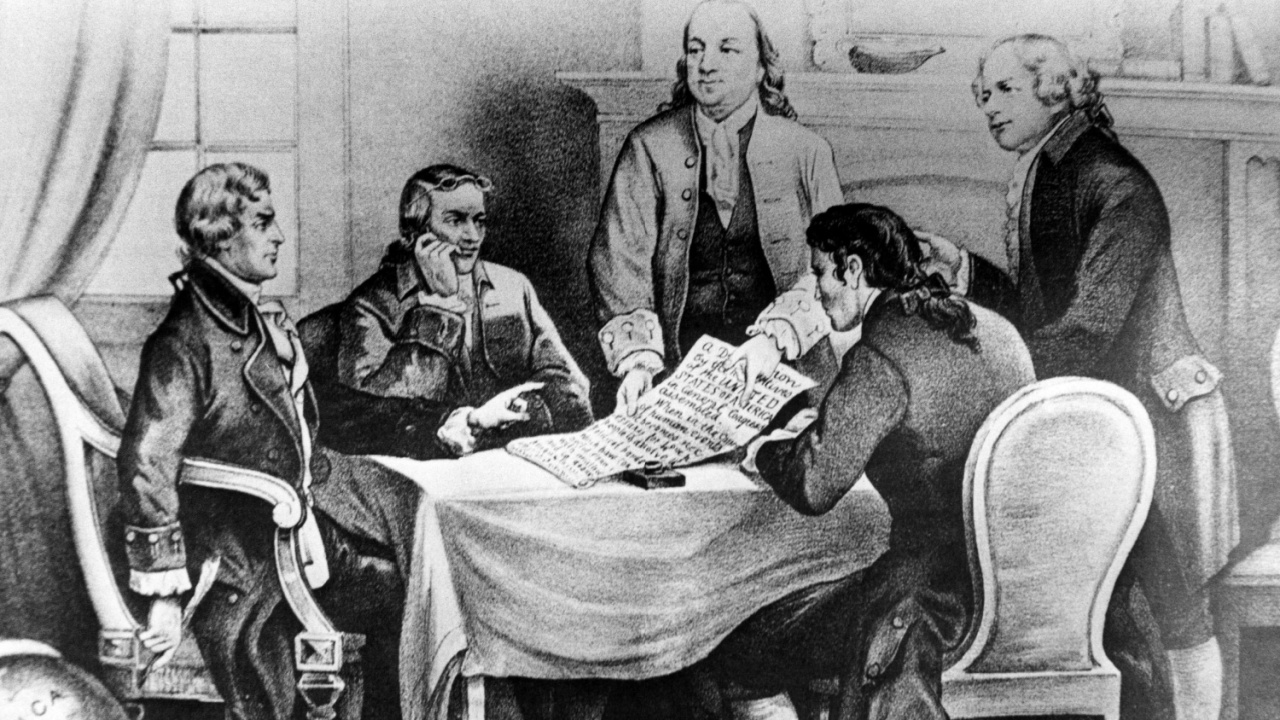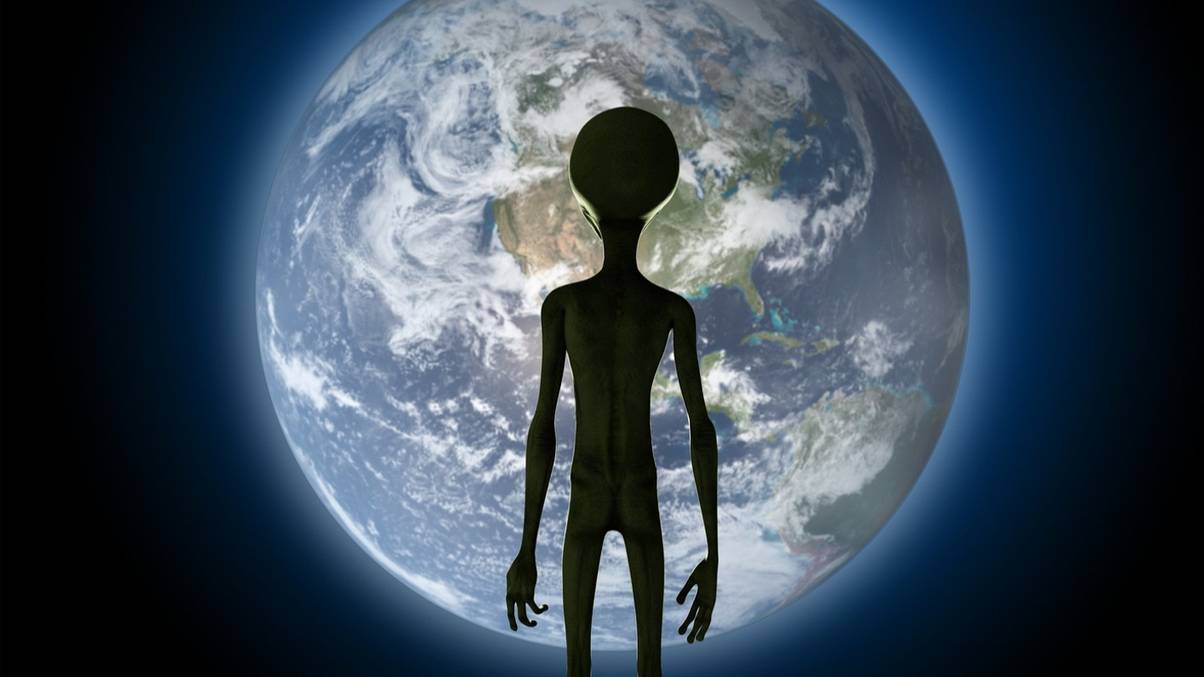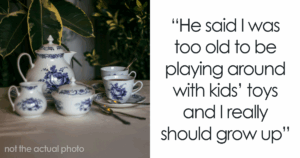Unveiling the Mysteries: 13 Surprising Secrets Behind Día de los Muertos
What’s the shelf life of a sugar skull, anyway? I find myself asking that every Dia de los Muertos—a holiday so dazzling, so full of music, memory, and marigolds, it’ll make even the most ardent Halloween fan want to swap their ghost costume for a snazzy skeleton suit . Forget “sharing is caring” as some throwaway social media mantra—on the Day of the Dead, sharing memories is the currency that keeps entire family legacies alive and grooving. This isn’t your garden-variety night of haunted houses and plastic pumpkins; this is a vibrant, 72-hour fiesta where the line between the living and the dearly departed gets playfully blurred, and every giggle, tear, and sweet bite of pan de muerto means more than most “trick-or-treats” ever could .
Have you ever wondered why people would paint their faces like sugar skulls and dance in cemeteries with more joy than at most weddings? It’s because Dia de los Muertos flips the script on mortality—here, fear gets replaced with festivity, memory with laughter, and solemnity with a swirl of color and cempasúchil petals . It’s centuries of tradition wrapped up in one kaleidoscopic package, where honoring ancestors is an act of celebration, not sorrow . If you’re ready for a holiday that’s part history lesson, part art installation, and part all-night dance party—lean in . The mimosas aren’t required, but a sense of humor (and maybe an appetite for sweet bread) definitely is .
Dia de los Muertos, or Day of the Dead, isn’t your run-of-the-mill holiday. Forget the spooky ghosts and ghouls of Halloween—this Mexican tradition is a beautiful celebration of life and remembrance. Picture a kaleidoscope of colors, joyful music, and families coming together to honor their loved ones who have passed on. It’s a time when, for a day, the line between the living and the departed blurs, allowing for a beautiful reunion for families.
This holiday is based on centuries of tradition. Families come together to take pride in their familial legacies, cherish memories, and feel a quiet connection to their ancestors. And it’s not just about remembering the past—it’s about celebrating the present, looking forward to the future, and embracing the natural cycle of life and death.
Behind the colorful streamers and marigolds, Dia de los Muertos pulses with a deeper meaning. Let’s take a look.
1. Not a Mexican Halloween

Photo Credit: bettorodrigues at Depositphotos.com.
Don’t be fooled by the skeletons and colorful decorations. Dia de los Muertos is a far cry from Halloween’s spooky vibes. While both involve remembering the dead, the focus here is on joyful celebration and honoring loved ones, not fear or the macabre that’s iconic of Halloween.
While Halloween is celebrated on the 31st of October, Dia de los Muertos doesn’t start until midnight on the 31st of October. This is when the gates of heaven will open and allow ancestors who have passed on to rejoin their families.
2. Get Ready For a 72 Hour Party!

Photo Credit: kobbydagan at Depositphotos.com.
It’s not just a night to remember—this event barrels into a full-blown three-day carnival, packed with vibrant legacies and sacred customs that simply can’t be missed. From October 31st to November 2nd, each day has its special significance.
November 1st is all about honoring the spirits of children who have passed, and November 2nd is for remembering and celebrating the lives of adult ancestors.
3. Altars of Remembrance

Photo Credit: Depositphotos.com.
At the heart of Dia de los Muertos are the ofrendas, or altars, lovingly created by families to welcome back the spirits of their loved ones. Cherished family photos share space with favorite treats and treasured items that have been distilled with the essence of the person being remembered.
The altar’s gathering of tokens—each one delicate, deliberate, and personal—weaves a powerful narrative of love and remembrance. It is through these heartfelt offerings that the memories of ancestors are kept alive and passed on to the next generation.
4. Sugar Skulls

Photo Credit: Depositphotos.com.
Sugar skulls, calaveras de azúcar, bursting with flavor and flair, act as both sweet treats and festive decorations that sum up the spirit of the holiday.
Often personalized with the names of the deceased and decorated with vibrant icing and intricate designs, these sweet treats symbolize the sweetness of life and the acceptance of death as a natural part of the cycle.
5. The Flower of the Dead

Photo Credit: EyepixGroup at Depositphotos.com.
The vibrant orange marigold, or cempasúchil, plays a crucial role in guiding spirits home during Dia de los Muertos. Its strong scent and bright color are believed to create a path for the departed to follow from the cemeteries to their families’ homes.
As the marigolds’ sun-kissed colors bloom, they evoke memories of the nurturing presence our loved ones left in their wake, a warm, comforting glow that lingers on.
6. Bread of the Dead

Photo Credit: Depositphotos.com.
No Dia de los Muertos celebration is complete without pan de muerto, a sweet bread traditionally offered on altars and enjoyed by families. With anise and orange zest on board, this bread’s flavor becomes a real party starter.


















Post Comment